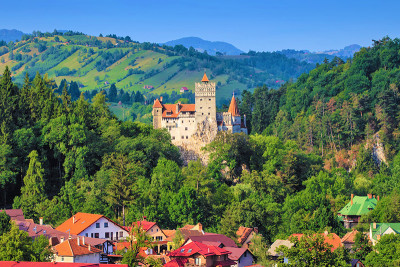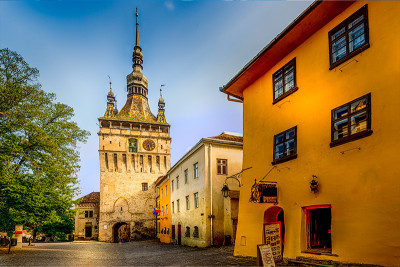Bucharest has quite a long history, going back hundreds of years before it became the capital city of Romania in 1862. Here in this article we are going to briefly go over the history of Bucharest so that you can have a passing knowledge of the city’s vast history!
Let’s go all the way to the beginning: legends tell us that Bucharest was originally founded by a shepherd named Bucur, from bucurie, which literally means “joy.” He built a church right along the Dambovita River. However, this is just a folk story that has been passed down over the years. The other story has it that Wallachia’s ruler from 1290-1300, Radu Voda (aka Radu Negru) was actually the one who founded the city.
The Beginnings Of Bucharest
Bucharest is found in the geographical region of Bucharest and at the foothills of the Carpathian Mountains. The city sits along the Danube River and was settled by Geto-Dacians as early as 70 BC. However, the city is not mentioned in written record until 1459, suggesting it does not have quite as rich of a history as certain other European cities.
He first document that mentions Bucharest is from the court of Vlad the Impaler – Vlad was Voivode of Wallachia, meaning that he was the noble ruler of Wallachia. It was during this time, under the reign of Vlad the Impaler, that Romania (at the time, Wallachia) started to gain broader recognition and presence.
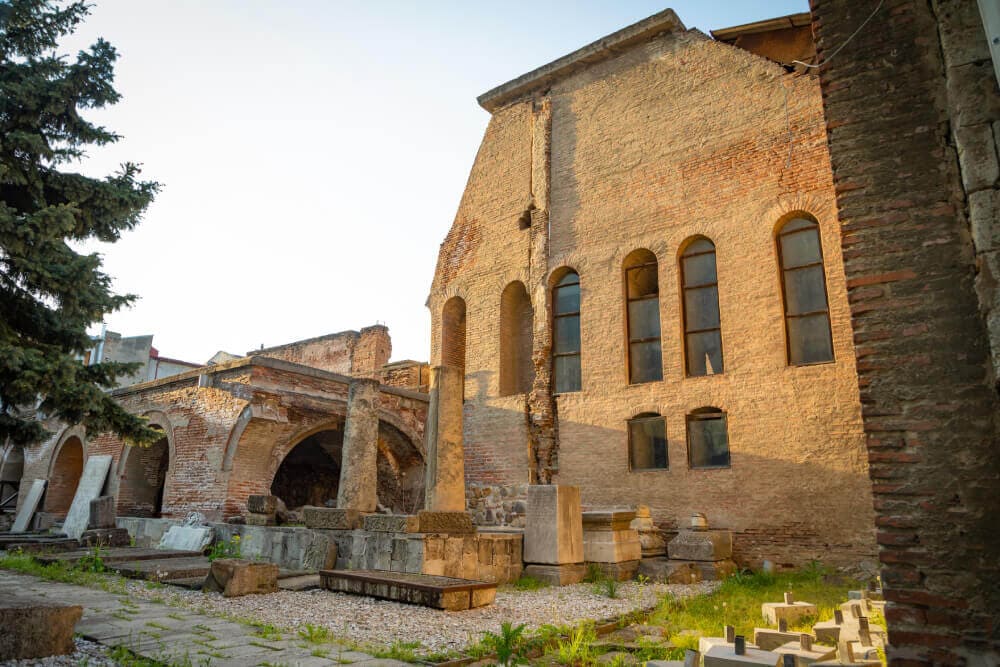
Vlad especially helped grow the city of Bucharest as he enjoyed using the city as the site for his Wallachian court. You can actually visit the Princely Court today in Old Town Bucharest, called Curtea Veche. Vlad saw opportunity as Bucharest was located along a commercial road that connected the Ottoman Empire with central Europe.
It seemed obvious to Vlad that this was a city that should be built up, so he got it started and watched it flourish – maybe he knew that he was grooming Bucharest to eventually become the capital of Romania!
Bucharest Under Attack
They say a person is not famous until they start to gain some haters. Whatever way you want to look at it, Bucharest saw its first invasion in 1476 when the Moldavian ruler Stephen the Great (Stefan cel Mare) during the Battle of Vaslui. Then some time later, in 1554, the Turks attacked Bucharest as well.
Voivode of Wallachia Mihai Bravu (also known at Michael the Brave) rose up against the Turks in 1594, leading to much destruction, leaving most of Bucharest in ruins. It would take another half century to build the city back up, when the next Voivode took the throne: Matei Basarab.
He made sure the city was back in order and rebuilt the princely court. He finished his renovations in the 1640s, only to have the city destroyed again in 1655, this time by the Transylvanians. After this, Bucharest suffered from plague and famine for next couple of decades.
With another change in power, Constantin Brancoveanu became Voivode of Wallachia in 1688. He seemed to bring some luck to Bucharest and was able to form alliances with the Hapsburgs and Russians, which helped keep the Turks from attacking Bucharest once again. However, in 1714 the Turks had Brancoveanu beheaded and appointed a line of Greek administrators to rule Bucharest.
The Greeks that ruled over Bucharest, known as the Phanariots, were in power until 1821. They were able to really help the city grow in size and prominence.
By 1829, the Russo-Turkish War ended and all of Wallachia (including Bucharest) was left under Russian occupation. Luckily, he general that the Russians appointed to govern Bucharest, Pavel Kiseleff, was an intelligent and enlightened man, so he created many positive change for Bucharest.
The Capital Of Romania
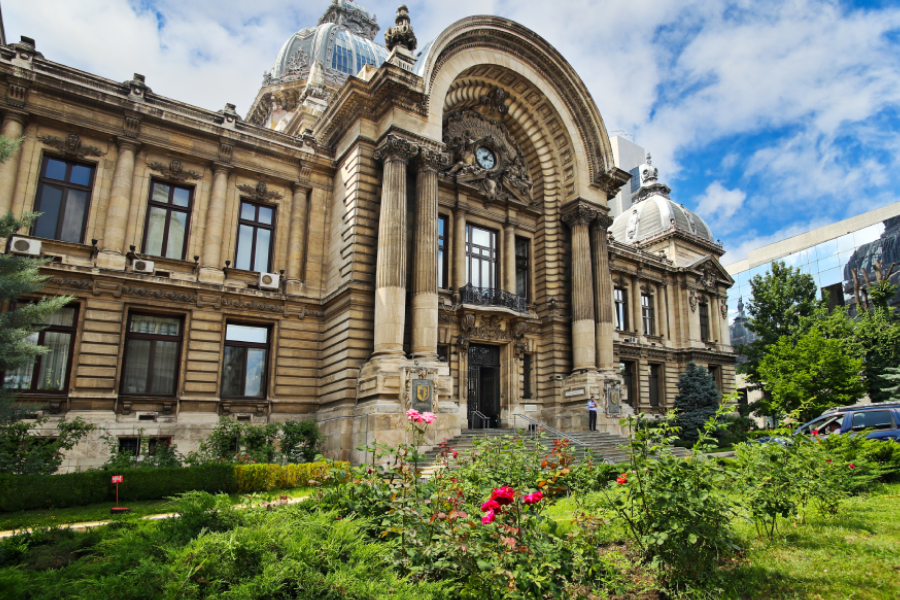
In 1859, Southern Romania was essentially created when the Wallachian elected Alexandru Ioan Cuza as their new ruler, and Moldavia elected the same man, uniting the two provinces. Romania’s first king was King Carol I. His reign began in 1866 and under him, Bucharest flourished. He, with the help of other political elites, helped modernize the capital – one of the biggest feats was adding electricity.
King Carol’s royal family built most of the important buildings that still stand today: the National Museum of History, CEC Palace, the Atheneum, the royal palaces, the National Bank of Romania, the former Chamber of commerce, the Arch of Triumph, and so much more. With all this construction, Bucharest became one of the most architecturally avant-garde cities in Europe, quickly earning the nickname “Little Paris.”
Unfortunately, when World War II came around, much of Bucharest was destroyed once again. Then again, Bucharest was not hit nearly as hard as many other European cities. And after World War II, Romania was left under the control of communism. Under communist rule, Bucharest’s old building were not rebuilt, but new communist-style buildings were constructed.
During this time, the population of Bucharest also doubled, from just 900,000 people at the end of World War II to a whopping 1.8 million by 1980.
However, in 1977 the city took another huge hit – this time from a natural disaster, an earthquake. It was a huge 7.2 magnitude earthquake, killing over 1500 people, include the most popular actor at the time, Toma Caragiu. Because so much of Bucharest was destroyed once again, communist leader Nicolae Ceausescu used this as an excuse to tear down part of the city all the way and create a new Centru Civic.
Huge housing estates were put up, along with the monstrous Palace of the Parliament. If you visit the city, it is easy to see which buildings were put up under the communist regime because of the austere style. With the fall of Soviet Union in 1989, communism also left Romania.
Today, Bucharest is still going through an urban planning renewal. Beautiful old architecture is still being renovated, and new buildings are going up too, including the People’s Salvation Cathedral, which is set for completion in 2024. As you can see, Bucharest has been through a lot, but its rich history only makes it all the more interesting to visit!
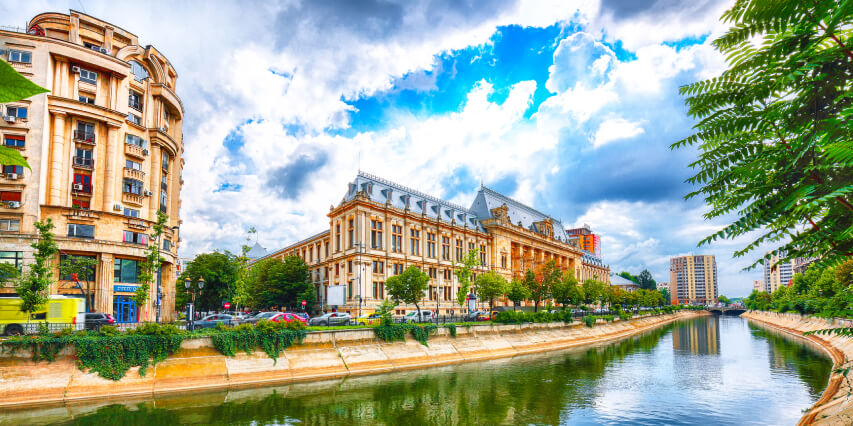
 ES
ES
 IT
IT
 DE
DE
 FR
FR
